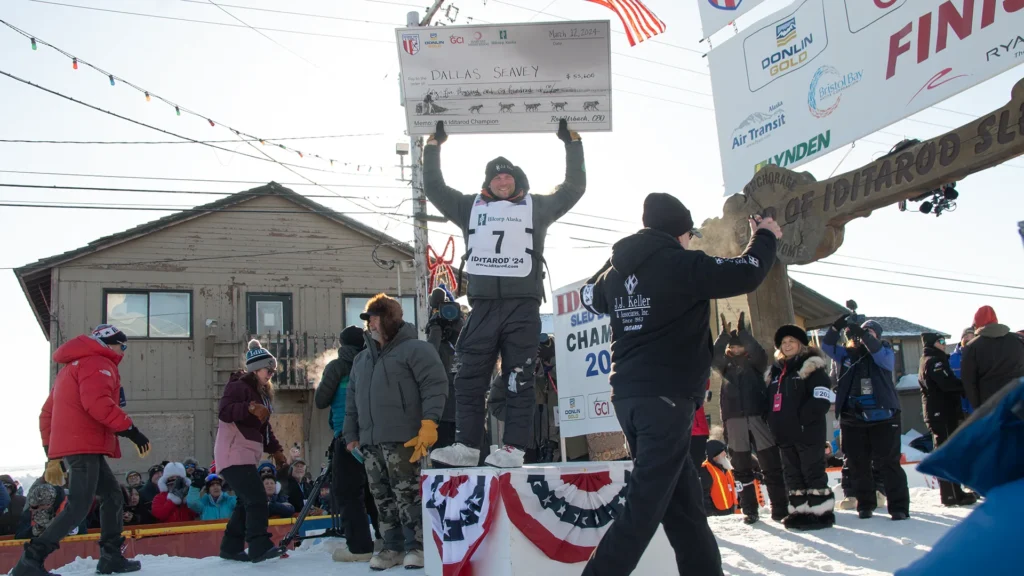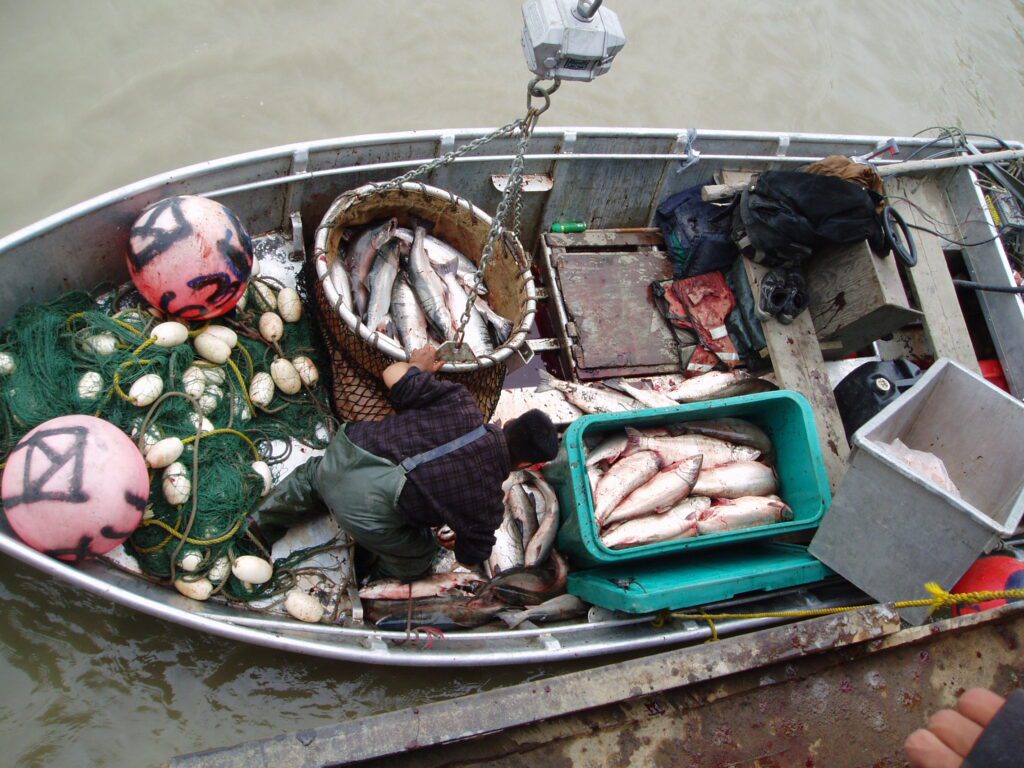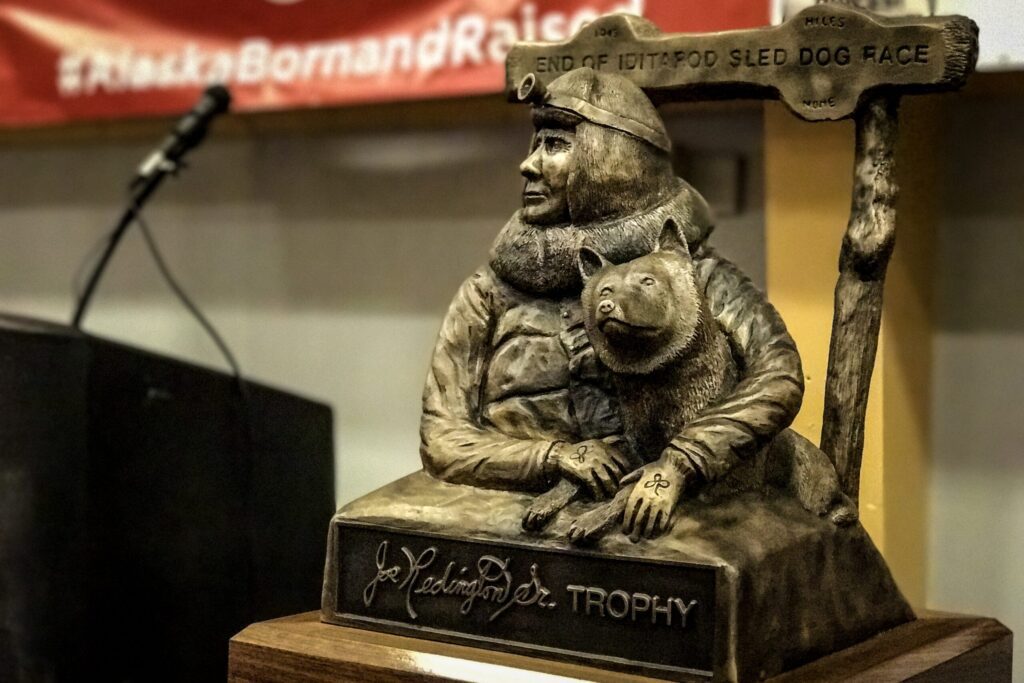The village of Nikolai was bustling all day, as dog teams pulled in and out of the sixth checkpoint on the Iditarod trail. It’s a turning point in the race. Teams have passed over some of the roughest trail. From here, mushers will evaluate their dogs as they try to decide how best to execute their race plans.
There’s a flu going around on the Iditarod trail, and Dallas Seavey has it.
“I think I’m getting better now, but these first couple days have been unpleasant, to say the least.”
But Seavey isn’t looking back. As he scarfed a bowl of chicken soup in Nikolai’s school cafeteria, he was trying to figure out his next move.
“This is a pretty major turning point in the race. What we do out of here will determine where we take our 24, and I’ve gotta make that decision. I’m not sure where the destination is yet.”
Mushers have to take a mandatory 24-hour layover somewhere along the trail. Seavey’s team is a mix of experienced veterans and a few young dogs he describes as “monsters.” He says he’s trying to figure out where to take his rest to ‘maximize’ what his dogs can do.
“It would be a very, very, very safe move for me to just go over to Takotna and take my 24. But I don’t know if that’s the best thing for the team… pushing them a little harder to get them to look like that, but you know, these are good problems, so we’ll figure it out.”
Aside from the good kind, problems mushers are dealing with include banged up bodies and shredded runner plastic. Outside of Rohn, there’s roughly 15 miles of snowless, rough trail through an area decimated by wildfire. In 2014, the trail ended a number of races. So mushers were a little leery heading into the race.
“Nothing like two years ago, so can’t complain about that.”
Aliy Zirkle made a snack for her dogs as they rested in the sun.
“It was still definitely mushing on dirt.”
Zirkle says her dogs didn’t seem to mind, but she was a little sore.
“The dogs are like your dog, running down the trail in the summer like ‘woohoo, this is great,’ but actually, I got cramps in my arms, just making sure I didn’t let go at the wrong time.”
“Frozen dirt, no snow at all, rougher than a cob…”
That was Paul Gebhardt’s experience through the burn. This is his 20th Iditarod.
“And then where it was a little bit of snow, it would glaciate, but on a side hill, down toward the trees, so I wiped out two big trees, but I didn’t brake my sled, I don’t think.”
Gebhardt says that run has never gone smoothly: “I’ve not had a good run in 10 years.”
Was it different for him this year? “Nope,” he says. “I carried three dogs. I’ve carried dogs every time for the last ten years. I can’t break that jinx, I don’t know what it is. It’s just really rough trail out there. It takes a toll.”
Gebhardt’s next step is to figure out what kind of rest his team needs — and where they need it.
“I’m set up where I can do it wherever, but I would like to get to the river. I don’t know if these guys will bounce back after a nice rest or not. A lot of it will depend on what they look like when I get to Takotna.”
Some mushers will opt to hunker down at the next checkpoint in McGrath for a long rest. Others may gamble and continue on as far as Ruby, the halfway point in the race, where the trail meets the Yukon River.
As for Aliy Zirkle, she says she plans to play it safe. She was on her way to grab some water for her dog team.
“I’m going to tip-toe this team to Takotna like I usually do and see what I’ve got. I think that’s a good thing to figure out before you start pressing the heck out of them.”







